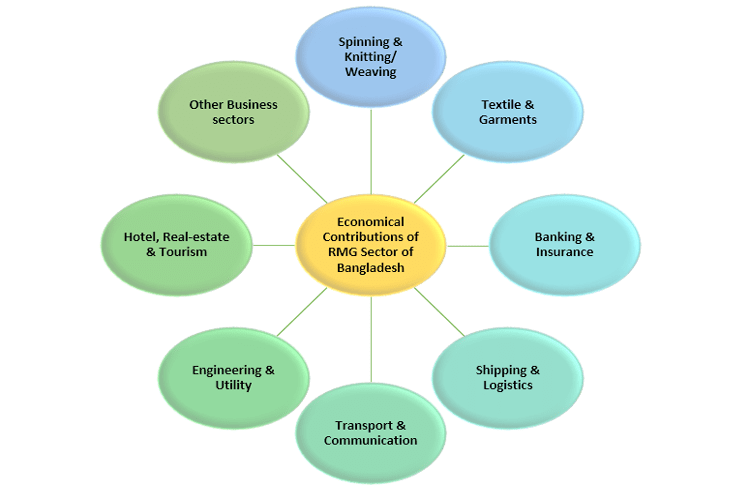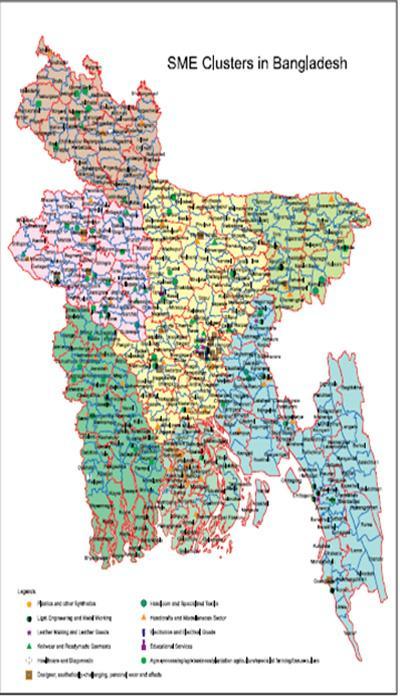Functions of Trade Bodies
Functions of Trade Bodies The private sector of Bangladesh has been promoting various activities for the promotion of exports from Bangladesh. The private sector is providing institutional support & advocacy; maintains liaison with local & foreign trade related bodies;…
Read More











 by
by